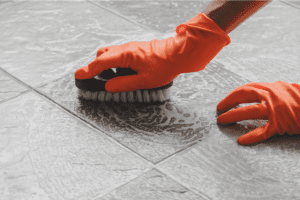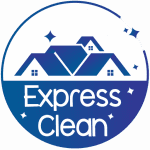How to Clean Light Fixtures and Lamps in Your Apartment: Best Practices & Safety Tips
Keeping your apartment’s light fixtures and lamps clean not only brightens your living space but also promotes energy efficiency and a healthier indoor environment. Whether you’re a facility manager, homeowner, or operations lead in Chicago or its suburbs, learning the right techniques and safety standards is vital. This detailed guide covers essential steps, recommended materials, and compliance considerations for maintaining lighting fixtures in multi-unit residential properties.
Why Clean Light Fixtures Regularly?
Dust, dead insects, and grease build up on light fixtures over time. Not only does this diminish brightness, but it can also affect fixture lifespan and indoor air quality. Regular cleaning helps:
- Maintain maximum light output
- Reduce fire risk and electrical hazards
- Prevent mold and allergens from accumulating
- Extend the life of expensive bulbs and fixtures
Types of Light Fixtures and Cleaning Frequencies
| Fixture Type | Recommended Cleaning Frequency | Quick Tip |
|---|---|---|
| Ceiling Lights (Flush/Semi-Flush) | Every 2–4 months | Remove cover for deep cleaning |
| Pendant Lights | Every 2–3 months | Check chain or cord for dust |
| Lamps (Table/Floor) | Every 1–2 months | Vacuum lampshades |
| Wall Sconces | Every 2–4 months | Wipe with microfiber cloth |
Materials & Chemistry: Choosing Safe Cleaning Products
Using the correct cleaning products preserves fixture finishes and prevents exposure to harsh chemicals. Always check manufacturer guidance and look for product labels indicating safe use on glass, metal, or plastic:
- pH-neutral cleansers are safe for most surfaces and minimize risk of tarnishing.
- Microfiber cloths effectively trap dust and do not scratch finishes.
- Avoid ammonia or bleach near delicate fittings to prevent damage or corrosion.
For fixtures painted before 1978, consider potential lead paint hazards. For detailed remediation requirements, review the EPA’s Renovation, Repair & Painting Program.
Step-by-Step: Safely Cleaning Light Fixtures and Lamps
- Turn off power at the switch or circuit breaker for hardwired fixtures. Use portable lamps unplugged from the wall.
- Put on gloves to protect hands and avoid fingerprints on bulbs or glass.
- Gently dust surfaces with a dry microfiber cloth. Use an extendable duster for high ceiling fixtures.
- For glass or plastic covers: Remove carefully, soak in warm, soapy water (pH-neutral detergent), and wipe dry.
- Clean metal components with a damp (not wet) cloth. Dry immediately to prevent oxidation.
- Inspect bulbs: Replace burnt-out or flickering units. Handle LED and CFL bulbs according to manufacturer instructions.
- Reassemble fixtures only when all parts are completely dry. Restore power after verifying secure installation.
Safety & Compliance Guidelines
Staying safe is as important as achieving good results. Keep these standards in mind:
- Use sturdy stepladders and never stand on furniture.
- Confirm voltage is off before cleaning hardwired fixtures.
- Use goggles when dealing with high-mounted or delicate glass shades.
- Follow OSHA protocols for chemical handling, PPE, and waste disposal.
Mold or moisture issues in ceiling fixtures? Consult the EPA guide to mold remediation for proper steps to address growth in building environments.
Scheduling Efficiency for Apartments & Facilities
Start by mapping high-traffic or high-visibility areas (entryways, hallways, community spaces). Consider quarterly deep cleans synchronized with HVAC filter changes or property walkthroughs. Prompt reporting of maintenance needs by tenants or residents in Chicago and surrounding suburbs improves safety and keeps lighting efficient year-round.
Additional Maintenance Tips and Common Pitfalls
- Always check compatibility between cleaning solutions and fixture materials to avoid accidental etching or discoloration.
- Watch for loose wires or cracked shades when disassembling fixtures. Report and address electrical hazards promptly.
- Ensure bulbs meet wattage guidelines to prevent overheating and fixture damage.
Related Reading
- Discover 5 routine tasks for apartment upkeep for a comprehensive checklist.
- Read about common mistakes people make cleaning their apartment to avoid simple errors.
- Find expert tips in making your apartment smell fresh after deep cleans.
When to Call the Professionals
Complex fixtures, hard-to-reach installations, and heavy chandelier cleaning often require certified experts. Facility managers and Chicago residents can schedule professional apartment cleaning or book commercial cleaning services for more demanding projects.
Final Thoughts
Regular cleaning of light fixtures and lamps preserves the vibrancy and safety of your apartment, enhances tenant satisfaction, and protects your investment. Whether you are managing an older building, overseeing a residential tower, or caring for your own home in the Chicagoland area, following these best practices ensures your lighting remains a bright spot in any space.
Tags: apartment cleaning care, light fixture cleaning, lamp cleaning, facility management, safety compliance, Chicago cleaning tips
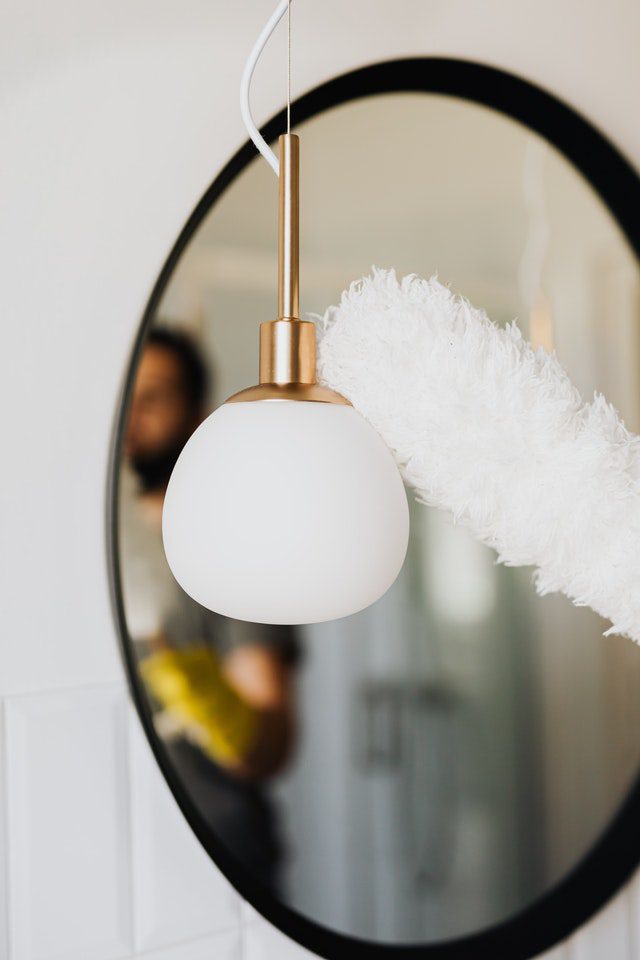
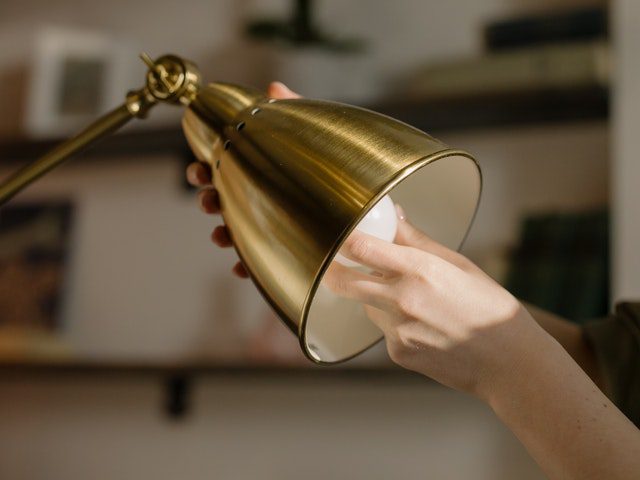
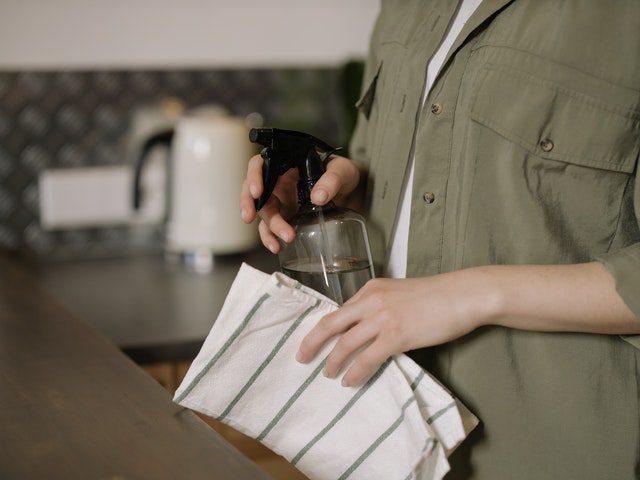
Apartment Cleaning Chicago, Chicago Apartment Cleaning, Apartment Cleaning Service in Chicago, Apartment Cleaning in the City of Chicago, Cleaning Services Chicago, IL, Apartment Cleaning in Evanston, IL, Apartment Cleaning Chicago, Apartment Cleaning in Skokie, IL, Apartment Cleaning in Highland Park, IL, Best Apartment Cleaning Chicago



